

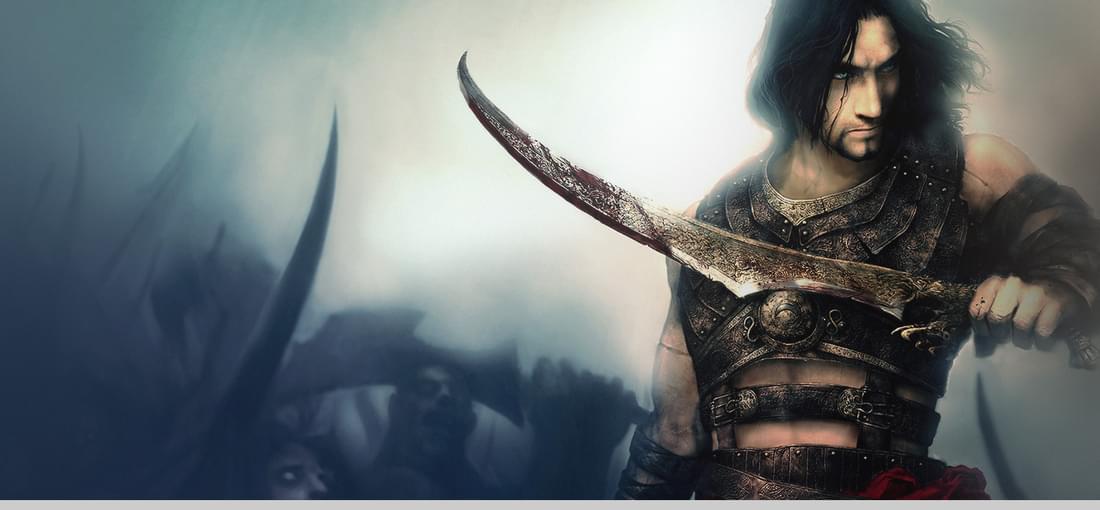
I loved Sands of Time, but when this game originally came out it had such bad reviews that I skipped it and went straight for the third installment. I decided to give it a fair try after all these years, and... ugh. I don't mind the grimmer tone so much. The environments are actually pretty good-looking and would even be beautiful if they weren't so monochrome, and while I miss the charming Prince, my problem is less with the grimdark Prince and more with the sheer laziness and stupidity of the plot, which, like the female characters' clothing, is barely even there. I have no reason to care about anything happening, because nothing is explained much, and when it is it's incredibly stupid, bland and childish. I want to destroy the Sands of Time! Nuh-uh, you can't! And that's about the extent of the discussion or character building. The platforming is still pretty good, but the game discourages exploring to find secrets just by the sheer volume of danger- going back to an area to find something you missed involves facing a half-hour gauntlet of traps and enemies a second time. The combat is much improved from the previous game, but still incredibly dull, frustrating and tedious. Defeating even the simplest of enemies is a chore, most of the combos don't work 75 percent of the time, and the Prince is very hard to control when dodging. With the awkward keyboard controls, this makes the game nearly unplayable. I finally gave up during the fight with the Empress. It wasn't impossible, I probably could have beat her eventually, but the game is so unrewarding that it just didn't feel worth it any more. As for positives, the environments you navigate are well-designed, the time-travel was done well, with a cool contrast between areas in the past and present, and the enemies have some real personality... way more than the main characters, weirdly enough. But you can easily skip this game entirely and be better off for it.
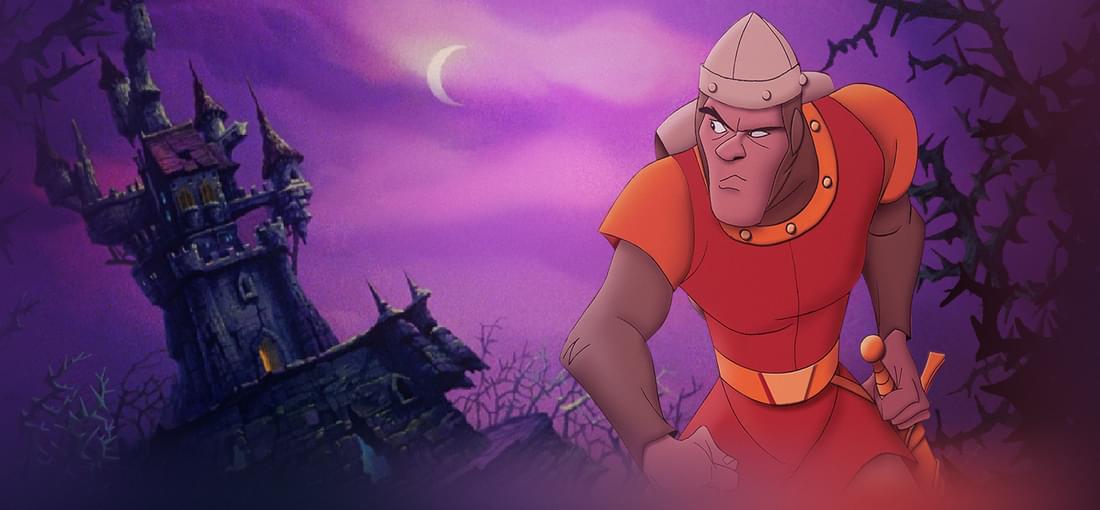
I'm sure most people know that Dragon's Lair was special in its day almost entirely because of the graphics. In the days of Mario Brothers, Pac-Man and Dig Dug, a game featuring interactive Don Bluth animation must have seemed like it had fallen out of a magical portal to the year 3000. There was just no comparison whatsoever, it blew everything else away by a light year. The gameplay was only passable, and rather frustrating, but nobody cared- if it cost you a dollar in quarters to see two minutes of game, it was worth it. If you were lucky there would be someone who knew the game by heart showing off and you'd get to see the whole thing for free. By today's standards, the animation is still great and unique, but the gameplay just doesn't hold up. Quick time events aren't well-regarded these days, and trying to perform them while watching what's going on in the animation is virtually impossible- you'll tune out everything but the flashing hints telling you where to go next, and when it's over you'll only have a vague impression of what happened, especially in Dragon's Lair II where the action is completely bonkers and hard to follow even if you're only watching without playing! Speaking of, this version has an option to do just that, letting you experience the excellent animations without the frustration... but that brings us to the bugs. I didn't experience any in the actual game, but the menus are a mess! Any scrolling window just plain doesn't work- when you start to scroll it blanks out, and you have to drag the bar back and forth, catching glimpses of the options and trying to click on them while the game moves them away from your mouse as though taunting you. If you hit "Play All", the game is virtually guaranteed to crash at some point before the end, forcing you to wrestle with said buggy menu to watch each segment individually. Even the button to select which game to play is unresponsive and requires a dozen clicks to register. Why didn't they test this??
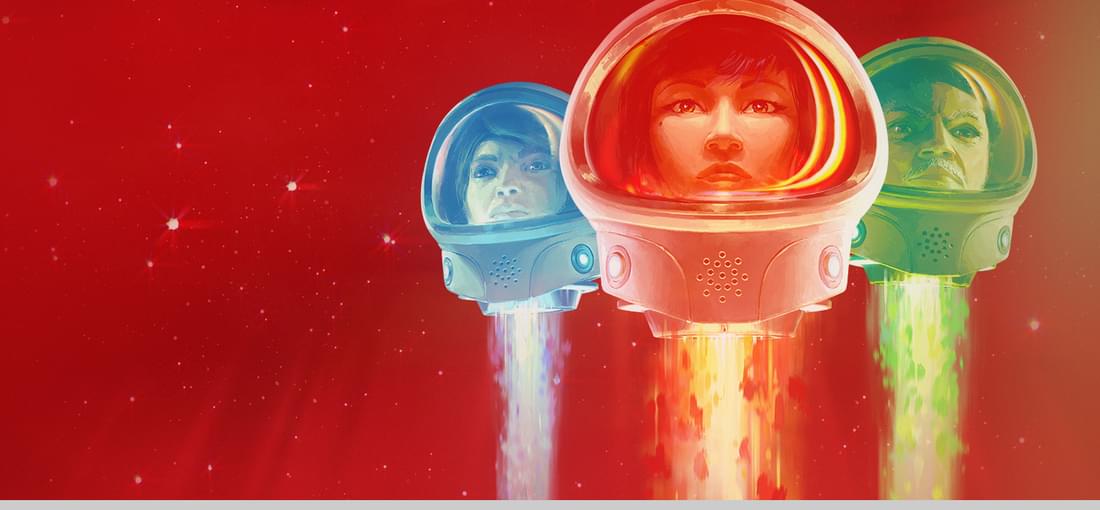
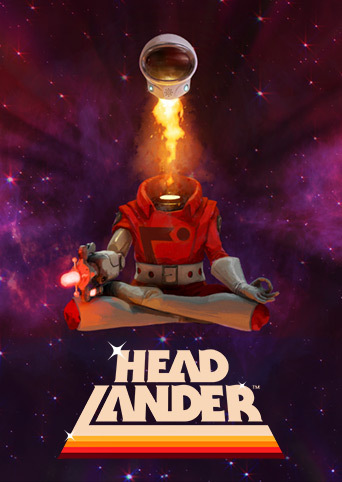
Headlander has fun mechanics and a cool retro-70s style, but is a bit of a flawed gem. The gameplay is enjoyable, though not particularly challenging- the main feature is the ability to fly your head around and attach it to different bodies and machinery in order to shoot or solve puzzles. The controls are very smooth, fluid and intuitive, with the glaring exception of the force shield you use to get through laser barriers, which is very difficult to keep where you want it and led to death after death after death in my playthrough. It was also hard to consistently get some moves like the Shepherd Hack to work, for unclear reasons, but the basic stuff worked very well. You explore the game Metroid-style, complete with a mini map, colored doors and places you need certain items to access, but everything is a bit simplified- you can get maps to show you all the rooms, there are no entrances not marked on your map, and you rarely have to backtrack. Combat is pretty easy, and the puzzles are fun but usually simple. Getting all the upgrades is very satisfying. The 70s style is neat at first, but doesn't go very deep- just a veneer over a generic sci-fi design, without really saying much about the era or using it for anything other than to give the game a unique look. Even so, the design and characters are creative and fun, and nothing looks boring or ugly, just a bit shallow thematically. The voice acting is great and does a lot to make the game feel like a lived-in world with actual inhabitants. The plot hints at all kinds of interesting possibilities and motivations, but ultimately the ending is extremely ambiguous and unsatisfying, raising more questions than it answers. It feels like the creators of the game were rushed and didn't quite know what they were trying to get across, so they threw up their hands and gave up. The game is still worth playing for its fun mechanics and colorful characters and world, but in terms of telling a story, it's rather incoherent.
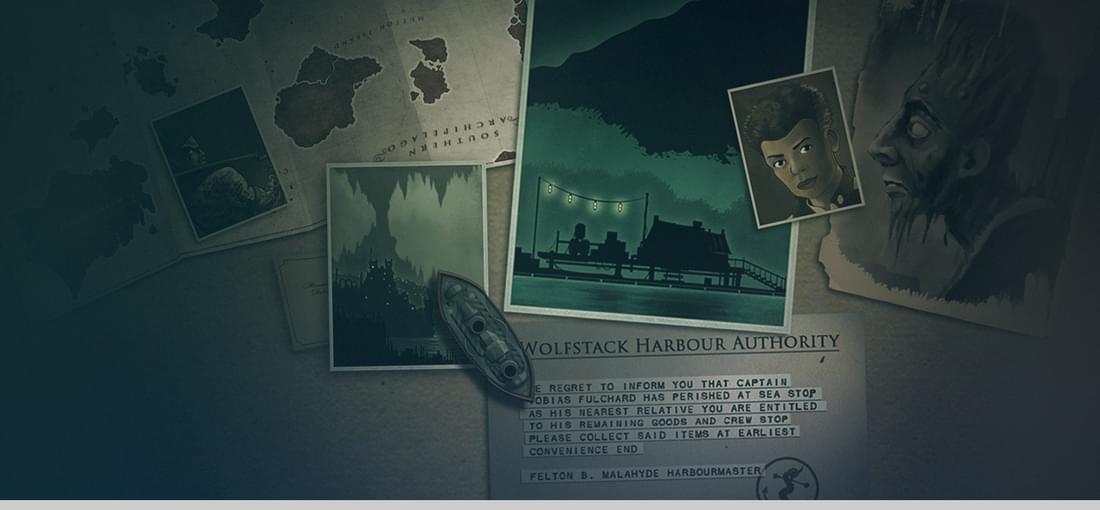
The above describes both the game itself and its setting, an enormous subterranean ocean full of ancient secrets and monstrous creatures, where your Victorian-era captain must explore, barter and battle to survive. The controls and graphics are pretty simple, but this game is enormous and addicting for those invested in uncovering the lore of this detailed and fascinating world. Every encounter is laced with ambiguous, ominous threads and it's rewarding to try and piece together the clues- the writing is strong and draws you in, and you'll be pleasantly surprised to find that bits and pieces of varied spookiness eventually do meld together to form a larger picture, rather than the lazy route of being there at random. The Lovecraft and steampunk influences are subtle- you won't be meeting Cthulhu or wearing goggles with gears on them, but you'll feel the wrongness of your surroundings, and British imperialism is evident in many of the characters. The gameplay is challenging but not unfair- it's a roguelike in a sense, but not a merciless one where one mistake will end your game. If you're cautious you'll rarely run out of supplies or fuel, and soon you'll find ways to set aside bonuses for future captains in case the worst happens, with the result that each new captain begins with more wealth, experience and knowledge. The controls are simple, as is combat, and most of the challenge lies in resource management and avoiding encounters that are beyond your ship's abilities at that moment. The replay value is enormous- there are hundreds of choices to be made in the game, each leading to different possibilities, and many quests and storylines to pursue. Exploring the game to a satisfying completion took 5 captains and over 100 hours, and that's only in pursuit of one victory goal out of several, taking only one of the multiple choice paths for most quests, and barely scratching the surface of the Zubmariner DLC. Highly recommended for those who like story-heavy games.
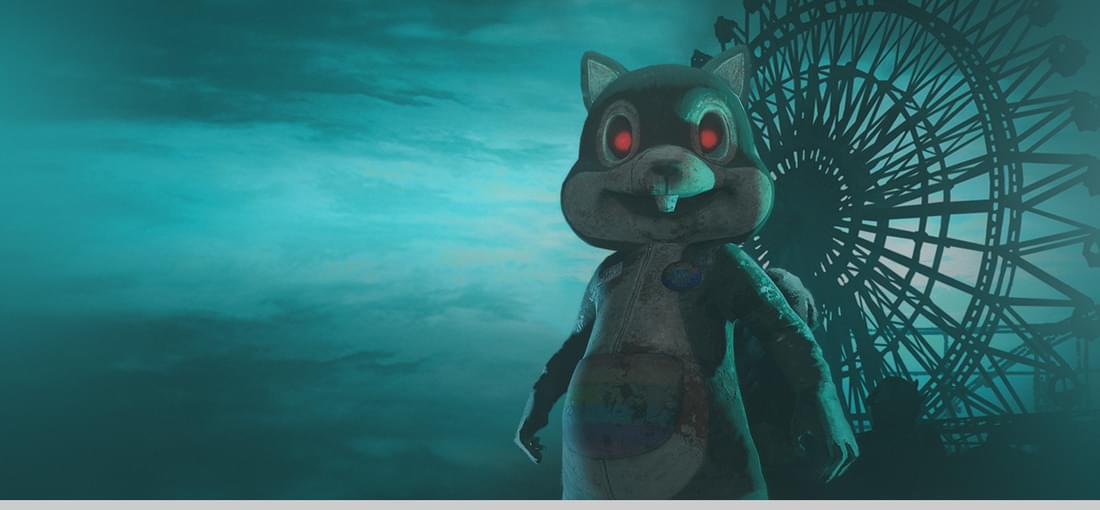
If you're not a fan of walking simulator games, this isn't for you- aside from walking and running, about the only thing you can do is examine notes and objects. With that out of the way, The Park does a fairly decent job at setting up a creepy atmosphere. The idea of exploring an abandoned amusement park and riding a bunch of scary, broken-down rides is fun all on its own, and the park looks and sounds great- from the rusted buildings to the indistinct voices whispering over the PA system, it delivers a spooky vibe from the start. Unfortunately, it doesn't go much beyond that. The story is told through narration and notes, and while the protagonist's past eventually becomes clear, the story of the park itself and what's actually happening remain somewhat ambiguous, and the ending leaves more questions than answers, coming abruptly and with no real payoff. The game is so short there's not much room for it to breathe and expand upon things, and it feels rather pointless and cheap as a result. It feels more like a casual trip to a real amusement park than a narrative experience. During the first half of the game you explore the park and hit all the rides, and this is definitely the best part- most of the rides deliver an experience that's either fun, scary or both. The character of the Boogeyman or ringmaster is actually pretty unsettling, which makes it all the more disappointing that he's secondary to the protagonist's personal history. The second half of the game fills in a lot of backstory but is fairly dull and confined by comparison, and leads to an unsatisfying climax. The Park is a spinoff of The Secret World, and I'm not sure if playing that game would improve the experience- but standing on its own, The Park doesn't quite hold up. It's only 3 to 5 hours long at most, and probably not worth the base price- but pick it up on sale some time. The rides alone are worth investing a couple hours into it.
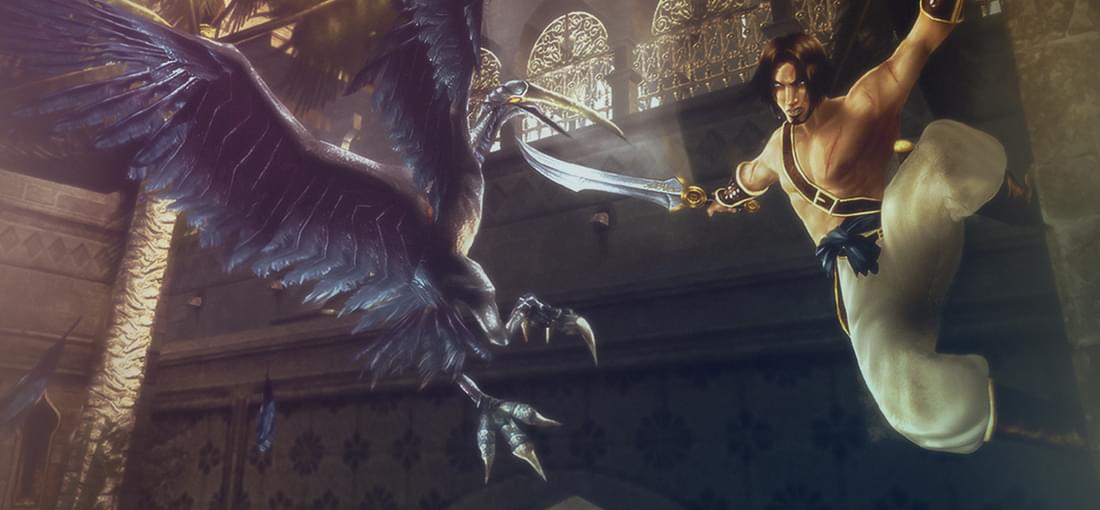
At the time it was released, this game was amazing- it featured death-defying parkour that made Lara Croft look like an arthritic old lady, fluid combat in an era of Resident Evil-style tank controls, beautiful graphics, a kick-ass soundtrack, a great story with fun, vibrant characters, and the innovative time-reversing power of the Dagger of Time, which allows you to rewind the game a few seconds and snatch victory from the jaws of defeat. For the most part, it still holds up today, but there are a few problems: The graphics are a little dated, particularly the character models, but not bad at all, and the environments are well-designed and atmospheric. The controls don't translate all that well to a keyboard. Navigation isn't too difficult, but you'll probably have a little trouble pulling off shortcuts and may have to spend some extra sand when the controls send you flying in a direction you didn't intend. The combat hasn't aged well. While still thrilling, it can be frustrating- enemies can stun-lock you if there are enough of them, you have a very limited number of moves and it's hard to finish off downed enemies because the Prince will often ignore them and attack other enemies nearby. The camera is the worst aspect of the game. It's very stiff, awkward and uncooperative, especially in combat. The battle in the elevator was like fighting blindfolded because the camera kept slipping behind decorative cloths on the walls. The port has sound problems- one cutscene played without dialogue the first time, forcing me to reload and try again, and the Prince and Farah's conversations are very difficult to make out sometimes. Even with all that, this game is well worth your time. The Prince and Farah have great chemistry and banter in a way that most modern games still can't match, the time rewind system is unique and satisfying, the acrobatics are great fun, and the environments and music are beautiful. Most of the flaws are only in comparison to modern games.
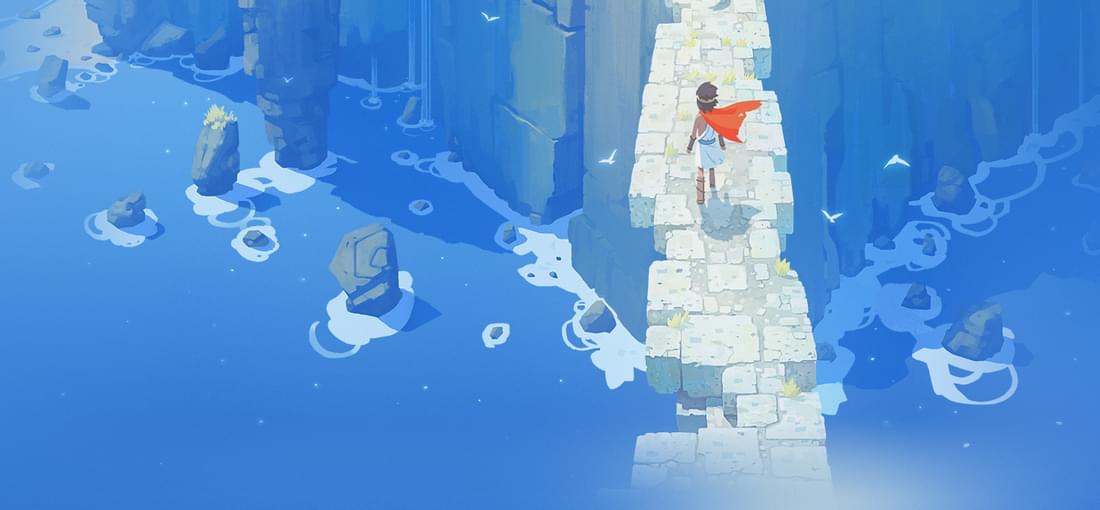
RiME is very reminiscent of ICO and ABZU, featuring a mostly-mute protagonist navigating beautiful environs and solving puzzles while gradually uncovering a story told entirely through pictures, interaction and context rather than dialogue or writing. There's not a lot new here, but it's well done and enjoyable. The characters, while few, are all endearing and have lots of personality and I found the story to be deeply moving and emotionally affecting, especially at the end. The controls are smooth and responsive, though navigation can be frustratingly slow sometimes and the puzzles can become repetitive. The only real problems I had were a couple glitched achievements and the monotony of searching every possible corner for the collectibles- I feel like the game would have worked just as well, if not better, without these inclusions, which only serve to distract from and cheapen the story it's trying to tell. I got the game for free as a bonus from a sale, and if you did the same, I highly recommend downloading and playing it. If not, you might want to wait for it to go on sale, but it's still worth playing- just maybe not worth the $30 original price, as it's fairly short.
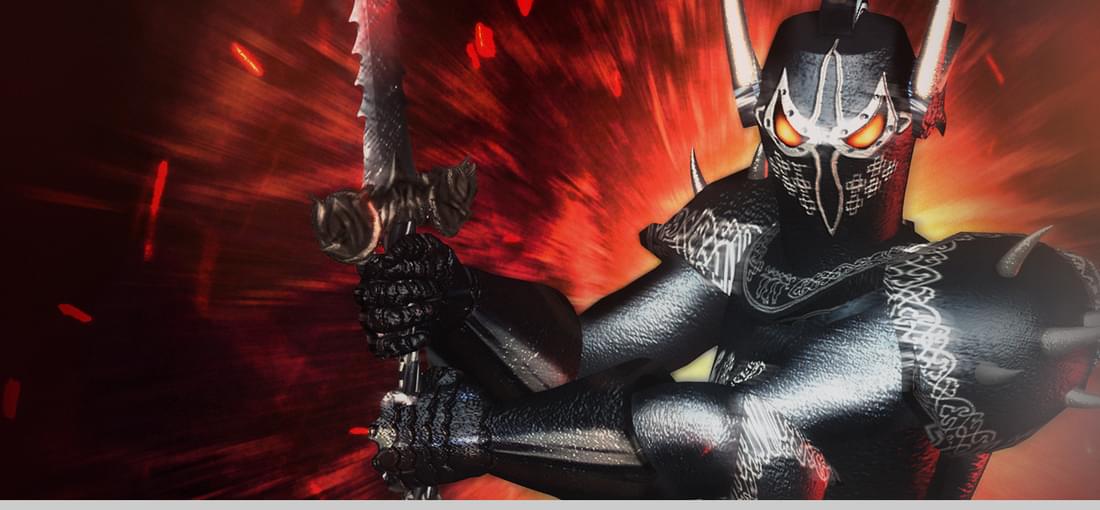
Divine Divinity looks very much like a Diablo game, right down to some of the enemies and death animations, identifying items, waypoints, putting runes into slotted armor, etc., but is much more expansive- based on my own experiences, it felt a little like playing a 2D version of Oblivion, with vast open spaces to explore, guilds to join, lockpicking and stealth, dialogue trees and other similar features. It's a long, epic game, but that's also its greatest fault- for all that landscape to explore and all those people to talk to, most of it felt very empty and dull, with huge fields full of the same two or three enemies, endless sewers and caverns, and dozens upon dozens of generic townspeople and guards with nothing interesting to say. This feels like a wasted opportunity because the very few quests and interactions you have with main characters (usually those with voiced dialogue) are pretty fun, well-written and memorable, but to get to them you have to slog through tons of foes and minor, less interesting quests which often have poorly-explained goals. It feels like the makers of the game wanted to add a lot of depth with things like a reputation system, overarching quests that can take most of the game to solve, and readable books all over, but didn't quite make it and were left with mere traces of that depth amidst a sea of grinding and map-clearing. The tone is also deliberately silly throughout, ruining any attempt at immersion or world-building. The game is also a bit buggy and just poorly designed in some aspects, such as the annoying toss-everything-in-a-bag inventory system, at least one quest segment that never gets resolved and stays in your log forever if you do another quest first, legendary magic items sometimes having literally no special attributes when identified, potions of the same type refusing to consolidate into one stack seemingly at random, and the main character voicing some lines but not others, often within the same cutscene.
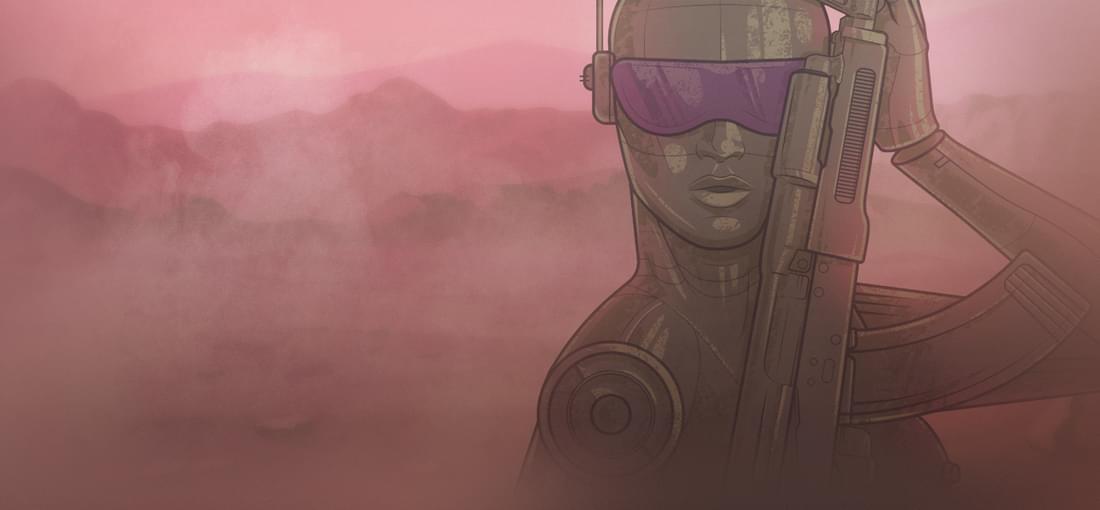
There's nothing good about this game- not even the fact that it was free, because if I hadn't gotten it for free I wouldn't have played it, and that would be GREAT. The premise is borderline offensive to begin with- feminists decide to overthrow the patriarchy by becoming terrorists and nuking the entire world, wiping out most life on the planet, then ensure that males can no longer be born. Once the game has painted all women as complete monsters, it then has you, the last man on the planet, defeat your female jailers (though they are all, for reasons never explained, scantily-clad androids rather than human beings) by doing things like kissing them or releasing a mouse into their room, thus making them run and hide. The game is ugly not only in theme but also in graphics, with dull, industrial corridors and early CD-ROM era 3D models. The voice-acting sounds like it was run back and forth through Google translate 3 times, so even though they're speaking English, much of it just doesn't make any sense, giving the whole game a weird off-kilter feel. The gameplay is the absolute worst- the interface is simple enough, but to interact with anything you need to be in the exact right place at the exact right angle- which means that even if something you want to pick up is in plain view, you'll have to circle around the room ten times looking for the magic spot to click that will align you in such a way that you can actually see and click on the item. The actual puzzles are easy- all of the difficulty comes from struggling with the horrible navigation and pixel-hunting to find the one tiny spot that will allow you look under a table or behind a couch, even if searching those places was your intention from the start. The environment is random, clearly designed around the puzzles it had to house rather than any coherent logic, and the whole experience is a mess. Even if you got this game for free, just don't bother. It's absolute trash.
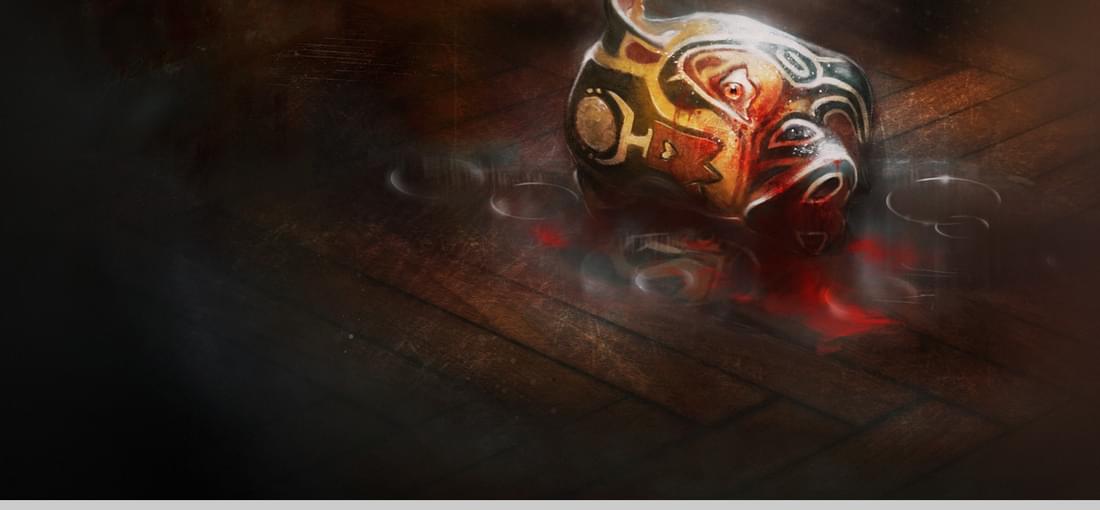
Anyone who has played Amnesia: The Dark Descent is likely to be a bit disappointed by this sequel, in terms of gameplay if nothing else. The first Amnesia was already a bit sparse when it came to gameplay, with a simple interface and rudimentary inventory and sanity systems. A Machine For Pigs tosses even that out- literally all you can do is walk, run, jump, turn your lamp on or off, and pick up some objects in the environment- and the latter two features are only necessary a handful of times in order to avoid enemies or solve extremely simple puzzles. Aside from a tiny number of enemy encounters, there's no real danger or difficulty to be found. The fact that the game still ends up worth playing is a testament to the story and atmosphere it produces. While the first Amnesia provided scares by placing the player in direct danger, this one produces a sense of terror and dread from your surroundings- the dirty, dark, grim Industrial Revolution environment is unrelenting and horrific, and the implications of the notes you find throughout are truly disturbing. It's a unique experience, and worth playing despite its flaws. Like the first game, there are a lot of reused models and textures- you'll be seeing the same furniture, paintings, gears, books, etc. over and over, and it feels rather low-budget. It was probably wise to set much of the game in a giant mechanized factory where this is less noticeable, and even makes a bit of sense. Weirdly, the game is actually a little TOO dark- you'll need your lamp on almost all the time just to see where you're going. And the plot, while intriguing and well-done, feels like it's missing something- things never quite seem to click, leaving the ending a bit unsatisfying despite some great dialogue in the last few minutes. I enjoyed playing it and would recommend it, but it would be dishonest to give it more than an average rating- it's great for what it is, but there's not much actual game there.